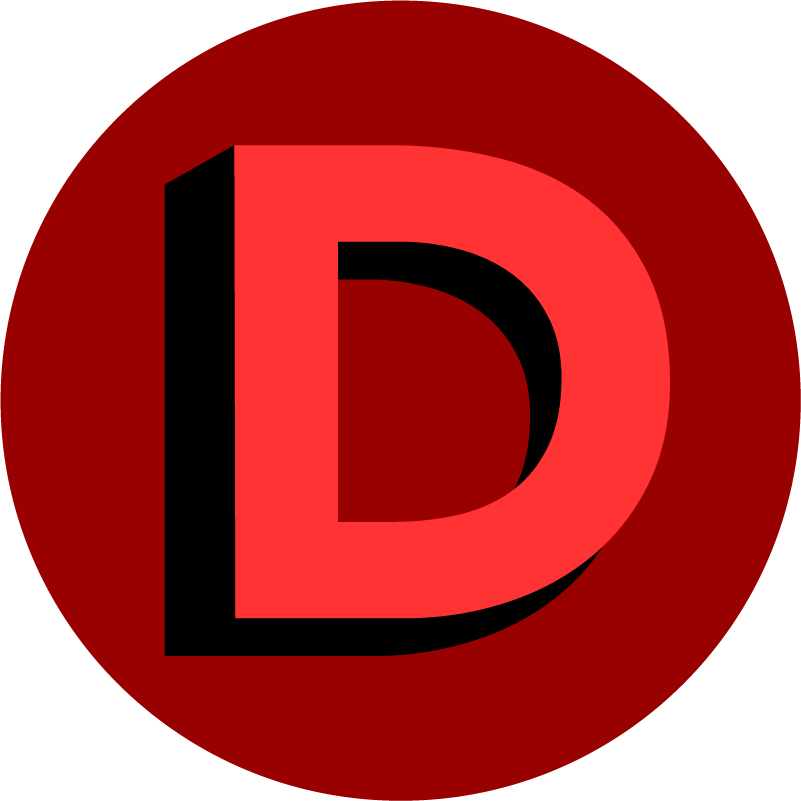Patty Goodman Hayward on the Digication Scholars Conversations.
How much value can you get from deeper student collaboration in University programs, and how does this impact the university and the organizations they work with?
Patty Goodman Hayward is the Associate Teaching Professor of two graduate programs at Northeastern University: Corporate and Organizational Communication and Human Resource Management. In this Digication Scholars Conversation, we discussed what it means to practice student-centered learning and why it’s incredibly valuable to focus on each individual’s skills and competencies through teacher-student collaboration as they craft their student portfolios.
What Student-Centered Learning Involves
Patty started by approaching students in the HRM graduate program, inviting them to put together a student group to investigate and understand their current way of doing things from an HRM perspective and what the real-life implications were, and they made some surprising discoveries.

First, as they studied the differences between groups and surveyed Human Resource professionals, they discovered that many within HR didn’t even know about ePortfolios!
Then, many who became familiar with digital student portfolios agreed that it would help get to know a student’s skills and competencies, which are useful in a hiring context and is a high-impact insight.
- When the students and faculty were asked what they thought were important things to include in an ePortfolio, two big, actionable points came up:
- Organize by competencies versus just organizing by courses and reflections on these courses
Having templates that facilitate this is a good way to encourage uptake
Thanks to the deep collaborative approach between students and teachers and soliciting input from industry professionals, Patty tells us that they have now moved forward with implementing what they’ve learned and using the Digication platform to execute these action steps.
Host Kelly Driscoll noted that without this student collaboration and investigation process, any changes the programs may have made would likely have been superficial and would have left so much value on the table, both for the students and the university’s graduate programs!
How You Can Implement Student-Centered Learning in Your Programs
At the heart of it all, this open process is key to student-teacher collaboration. It empowers people to find and hone their best version by showcasing their skills and competencies and effectively sharing that with others.
Patty expressed this idea clearly by saying, “I think it's very important, especially in the adult learning process, that the learner should be in control of what it is that they're learning, and then how they're going to actually demonstrate and show that they've learned it.”
In practice, a key point for student collaboration includes Touch-Point seminars on a student’s career and his prospects, where you essentially ask and expand on the questions:
- How does an ePortfolio help you extract value from what you've gained and learned?
- How does this help you build your brand?
She points to the tools that Digication provides students to do these very things, from videos, presentations (and even specific aspects of those presentations), pictures, and other media that allow the student a great deal of control and accountability for crafting their digital portfolio to showcase what they want people to know about them.
Patty also noted that the advantages of using Digication’s system extend beyond a student’s graduation – whether it’s editing, refining, or redacting certain parts of their portfolio – their work isn’t locked in and limited as it would have been if they had used older, more conventional systems and approaches that other programs and universities are still using.
The Student-Teacher Collaboration Challenges You Might Face and How to Deal With Them Effectively
When it comes to suggesting changes to how things are currently done, you might face some initial opposition, so it’s important to start with the all-important whys:
- Why should they care, and why does it matter to them?
- What are the reasons and benefits of allowing students and teachers to work together with “equal voices” in a collaborative environment, especially regarding their learning and increasing the value that can be extracted from it?
It’s useful to highlight the value you can get from this approach, not just from a student perspective but also for the specific programs that this is implemented in, as well as the value that it brings to the industry professionals and organizations that your institution works with — this can provide a powerful incentive for stakeholders and help assuage any reasonable skepticism.
Want to dive deeper and hear more from Patty about the student-centered learning approach they implemented in Northeastern University’s Graduate Programs?
Get the details on how they implemented Digication’s class-leading ePortfolio system in their programs, their approach to student-teacher collaboration, how they grade and account for the differences between students who are more on the creative side and those who aren’t, and the powerful effects of ethical intercultural communication, and more — listen to the full episode here.
Don’t miss an episode — subscribe to the Digication Scholars Conversation podcast by clicking here.
